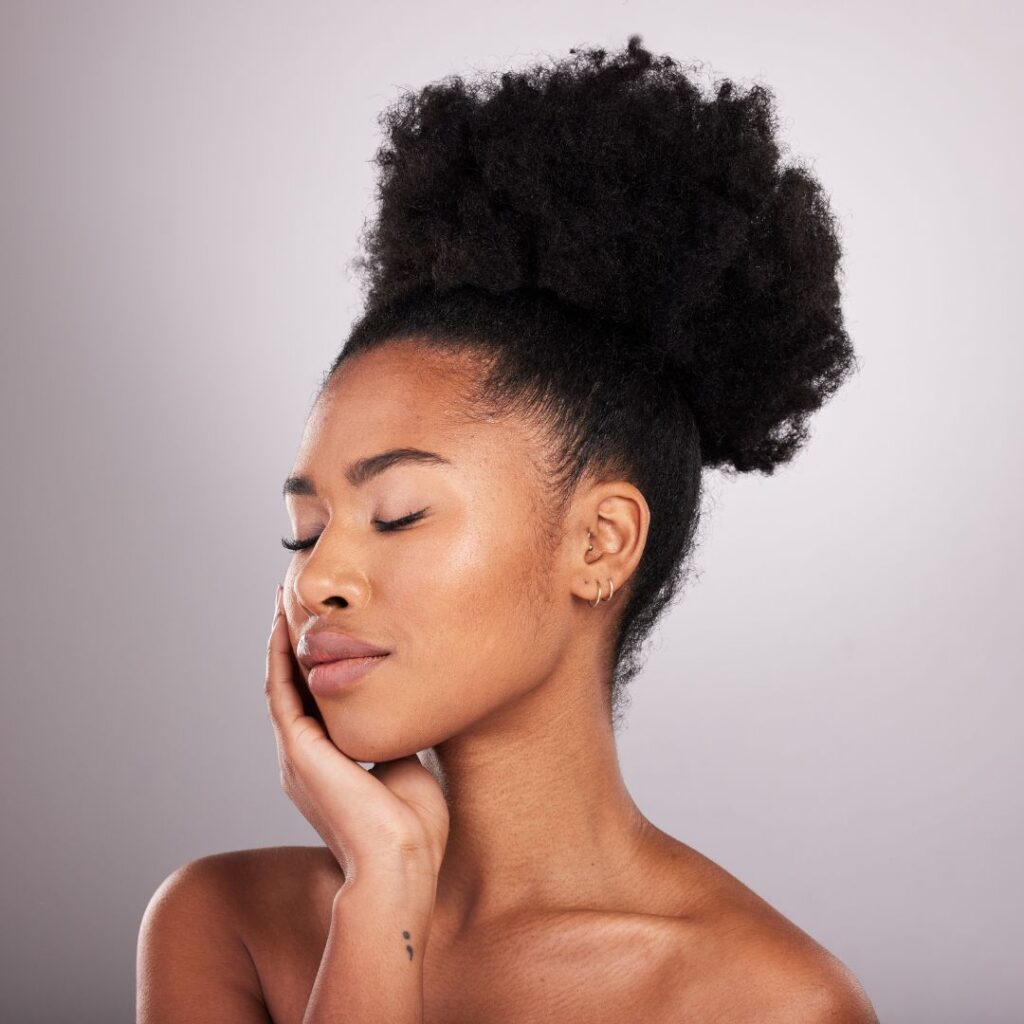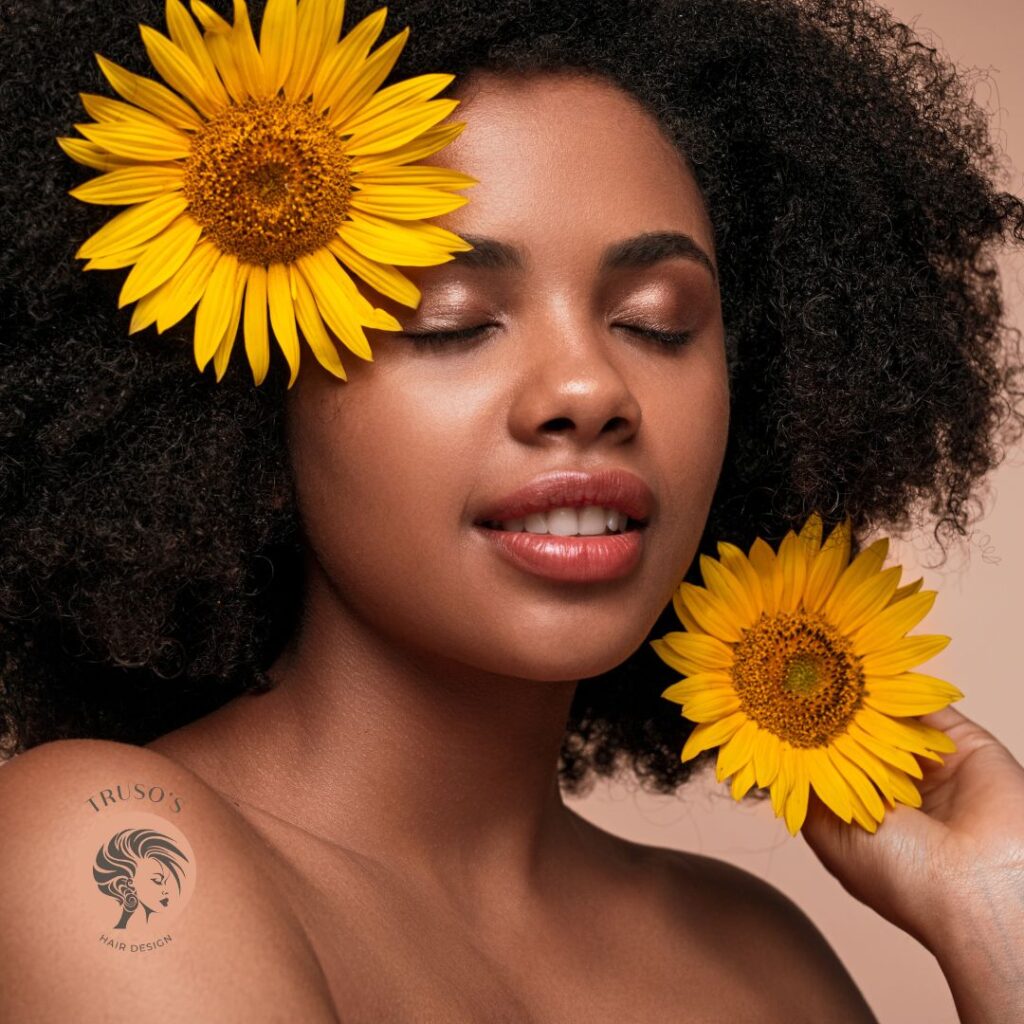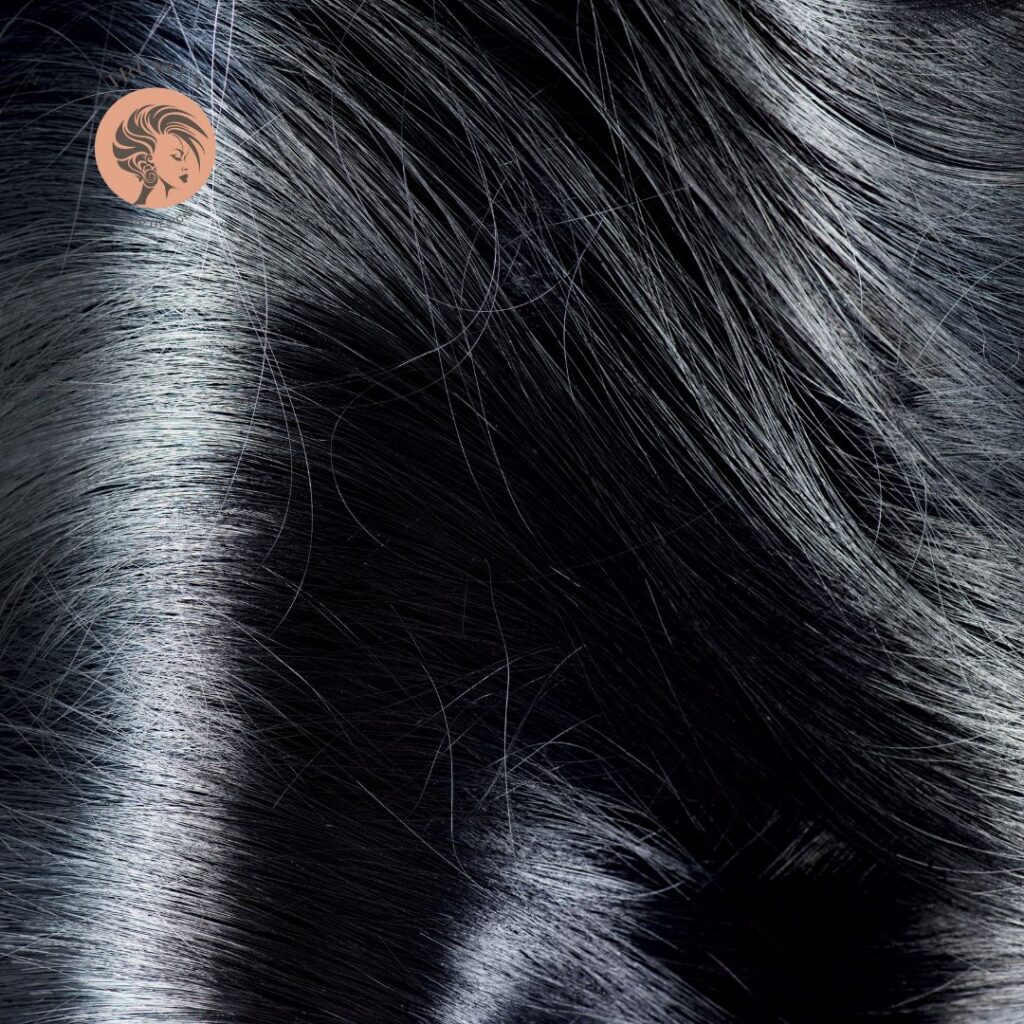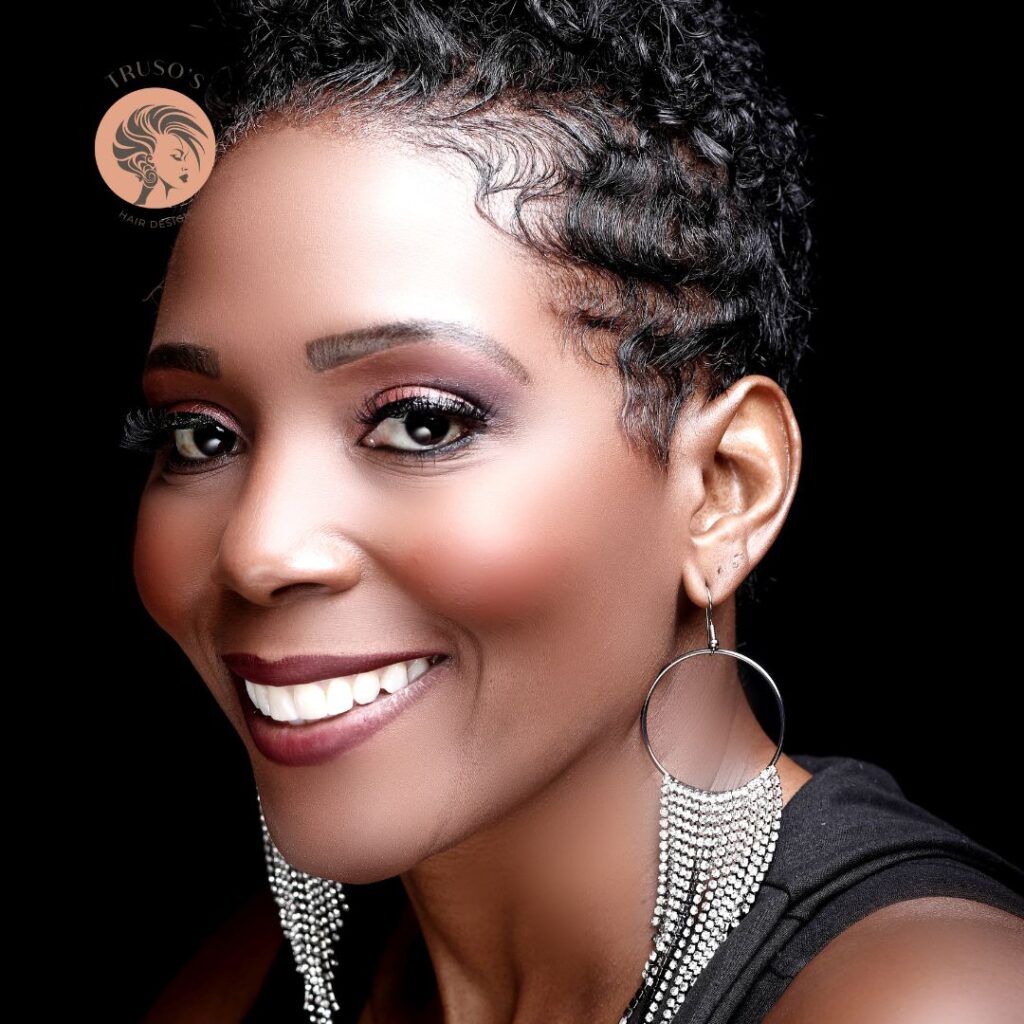What is a Protective Style for African American Hair?
When it comes to styling African American hair, one of the most important concepts to understand is the idea of protective styles. These styles are not just about aesthetics; they play a crucial role in maintaining the health and integrity of natural hair. In this blog post, we will explore what protective styles are, their benefits, popular options, and tips for maintaining them.
Understanding Protective Styles
Protective styles are hairstyles that minimize manipulation of the hair and protect the ends from damage. They are particularly beneficial for African American hair, which can be more prone to breakage due to its unique texture. By keeping the hair tucked away and reducing exposure to environmental stressors, protective styles help retain length and promote overall hair health.
The Importance of Protective Styles
African American hair is often more fragile than other hair types due to its curly structure. The twists and turns in each strand can lead to dryness and breakage if not cared for properly. Protective styling serves several purposes:
- Minimizing Manipulation: Frequent styling can lead to wear and tear on your strands. Protective styles reduce the need for daily combing or brushing.
- Moisture Retention: Many protective styles allow you to keep your ends tucked away, helping retain moisture that might otherwise escape.
- Length Retention: By preventing breakage, protective styles can help you achieve your length goals over time.
- Versatility: They offer a wide range of styling options that allow you to express your individuality while caring for your hair.
Popular Protective Styles
There are numerous protective styles available for African American hair, catering to various preferences and lifestyles. Here are some popular options:
Braids
Braids come in many forms—box braids, cornrows, twist braids—and they can last anywhere from a few weeks to several months with proper care. They are versatile and can be styled in various ways while providing excellent protection.
Twists
Twists involve twisting two strands of hair together and can be done with natural or added extensions. Like braids, twists can be worn in different lengths and sizes depending on personal preference.
Buns
Buns are an easy way to protect your ends while keeping your style chic and polished. You can create a simple low bun or opt for a high bun adorned with accessories for added flair.
Wigs
Wigs offer an excellent way to protect natural hair while allowing you the freedom to change your look frequently without manipulating your own strands too much.
Weaves
Weaves involve sewing or gluing extensions into natural hair but should be done carefully by professionals to avoid tension on the scalp.
Tips for Maintaining Protective Styles
While protective styles offer numerous benefits, it’s essential to maintain them properly so that they continue serving their purpose effectively:
- Keep Your Scalp Clean: Just because your ends are protected doesn’t mean you should neglect scalp hygiene! Use gentle cleansers designed specifically for natural hair types.
- Moisturize Regularly: Even when styled protectively, moisture is key! Use leave-in conditioners or oils specifically formulated for African American hair types.
- Limit Tension: Be cautious about how tightly you install braids or weaves; excessive tension can lead to traction alopecia over time.
- Avoid Over-Wearing Styles: While it may be tempting to keep a style in longer than recommended (often 6-8 weeks), doing so may cause damage due to lack of maintenance or buildup on the scalp.
- Give Your Hair Breaks: After wearing a protective style, allow some time before putting it back into another one—this helps prevent fatigue on both scalp and strands!
What is a Protective Style for African American Hair? – Conclusion
Protective styling is an essential aspect of caring for African American hair that promotes health while allowing versatility in appearance. By understanding what constitutes a protective style and how best to maintain them, individuals with textured locks can enjoy beautiful hairstyles without compromising their natural beauty’s integrity.
Incorporating these practices into your routine will not only enhance the longevity of each style but also contribute positively toward achieving healthier-looking tresses over time! Whether you’re new at styling African American hair or looking for fresh ideas on how best you could protect those lovely curls—there’s something here just waiting for you!
Visit our blog page for more interesting articles




